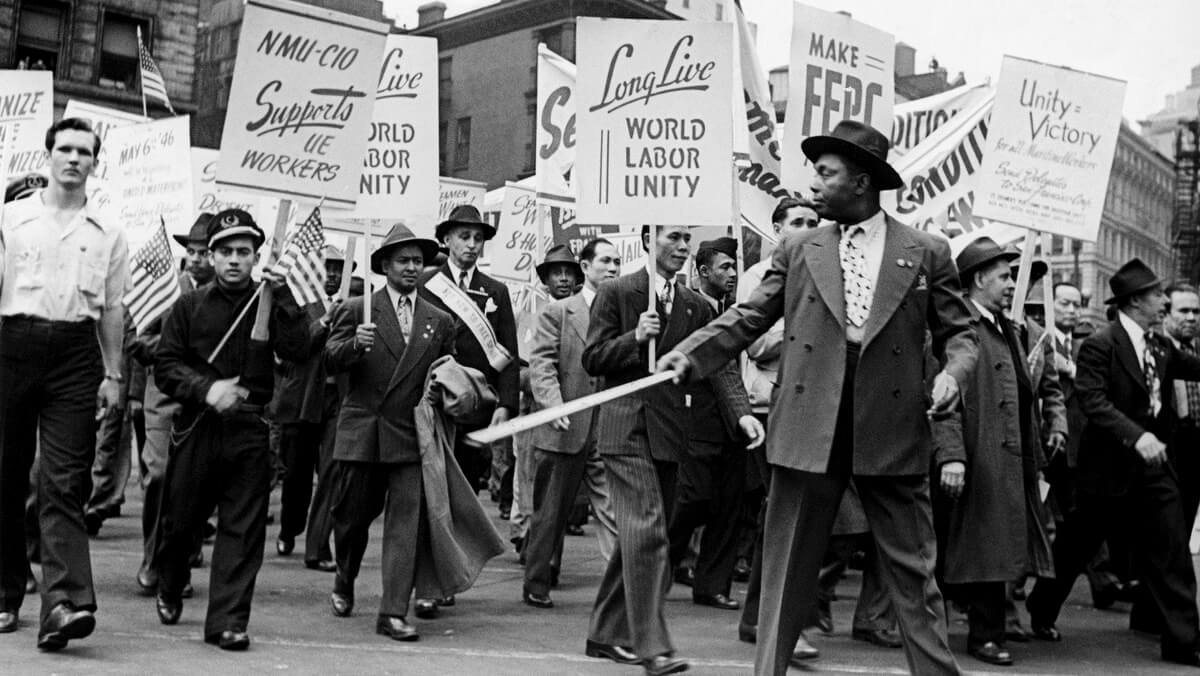
Gender Discrimination
Key Takeaways:
Employers are prohibited from treating a worker differently based on their gender or gender identity, unless a bona fide occupational qualification or security regulation justifies the disparate treatment.
Discrimination can also arise out of otherwise neutral policies, such as testing requirements, that are discriminatory in their application or effect.
Gender discrimination can occur among any combination of people, it is not necessarily limited to just one gender discriminating against a different gender; for example a man can be found liable for gender discrimination against another man.
Under the Fair Employment and Housing Act (FEHA) and Title VII, employers are prohibited from treating a worker differently based on their gender or gender identity, unless a bona fide occupational qualification or security regulation justifies the disparate treatment.
For instance, if an employer refuses to hire women because the employer does not want anyone taking maternity leave, that would be an obvious case of gender discrimination. Or, if a male supervisor provides job benefits to subordinate female colleagues that have sexual relations with him, but never offers similar benefits to other females that refuse his advances. (A real sexual harassment case, at a prison.)
Proving gender discrimination requires proving that the employer did the following:
1. Fired or refused to hire the plaintiff; or
2. Subjected the plaintiff to an adverse employment action (an “adverse employment” action is any action which “materially and adversely affects the terms and conditions of employment.” In non legalese this includes things like disciplinary action, failure to hire or promote, demotion, lowering pay, or termination); or
3. The employee was “constructively discharged” (a “constructive discharge” occurs when an employer makes a job so unbearable or impossible that the employee is left with no choice but to resign); and
4. Gender was a substantially motivating factor for the termination, constructive discharge, or adverse employment action.
Gender discrimination, like any other discrimination claim, can also rest on a theory of “disparate impact.” Disparate impact cases involve otherwise neutral policies, such as testing requirements, that are discriminatory in their application or effect. For example, an unnecessary physical requirement that disproportionately affects female job applicants may constitute discrimination even though there is no evidence the employer actually intended to exclude female job applicants.
